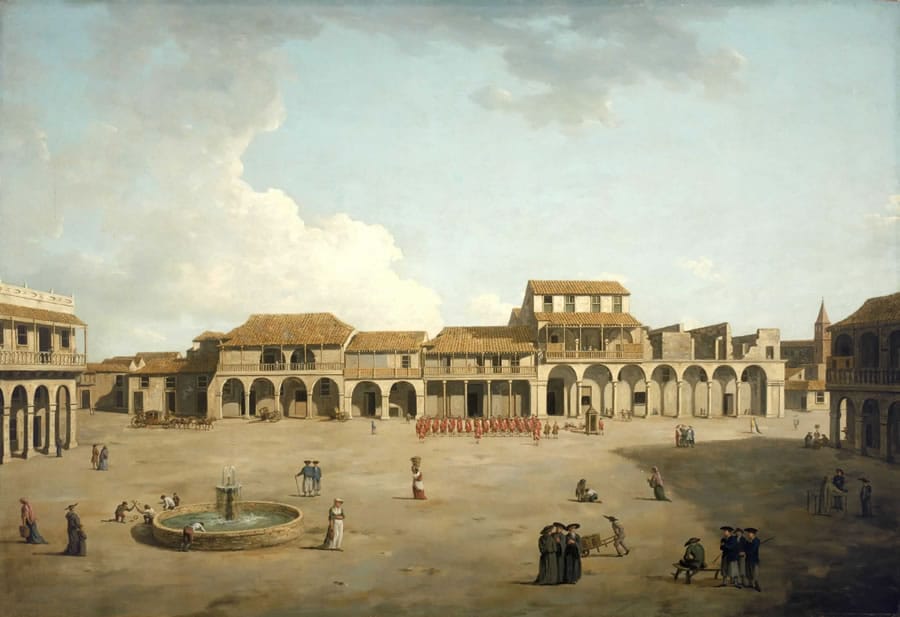
Reaction. The History of Central America Essay
The period after the World War II was represented by the wave of reforms in the countries of Central America. (p.128)
Coffee prices were very high. There was struggle for social security.(p.127)
2 In Guatemala and El Salvador, changes in the political sector led to repressions and violence of the ruling class.(p.131) Agrarial reform in Honduras, the formation of working unions, free elections, growing of the strike movement showed that the power struggle was on the first place.(p.132)
3 In Nicaragua there was a dictator’s regime – Garcia’s regime(1940-1956). Growth of cotton industry.(p.134)
4 In Costa Rica, numerous reforms, new Constitution and economic and social development put the country on the first place at that period.(p.135)
5 There were serious changes in the economy of the countries of Central America: industrialization, the growth of common market in Central America improved the standard of life of the population.(p.137) An obvious crises of the old liberal order, social protests, the growth of US investors characterize this period. (p.145)
Reaction:
It is necessary to say that after the World War II there were serious changes in the economical development of almost all the countries of Central America. Industrialization made it possible to speed up the development of the economy and practically to liquidate unemployment, poverty in some parts. The main export of the countries of Central America include bananas, coffee and was on the same level.
The US investors helped to develop economy and furnished the financial assistance. These finances were invested into building roads, public health service and education. Political instability, high prices on import goods and low prices on bananas and coffee slowed down the economic growth in 1970s. Agrarian reforms allowed to occupy new vacant lands and to develop agriculture.
I think that although the reforms in the Central America changed the life of population, the level of living was still low. The USA helped the countries of Central America to improve their situation to some extent.
Chapter VI: The Present Crises (1980-1987)
Main points:
1 This period in Central America was a period of crisis: inflation, unemployment, foreign debt payments. (p.153)
2 There were two alternatives to overcome this period: regional integration of all the countries including the countries of the Caribbean basin and the use of new strategies to enter the world market.(p.154)
3 There were some changes in the political sector, conflicts with Catholic Church hierarchy.(p.160) Military operations were carried out and a lot of Indians were killed.(p.160)
4 The ruling class was against any reforms. The financial aid of the USA helped to prevent a greater step backward.(p.163)
Reaction:
I can say that the economic crisis has worsened the living conditions of almost all the countries of Central America. The government did not pay due attention to the education and health systems. All the five countries became dependent on world markets. In political sector there was a step forward in democracy. Free elections made it possible to choose political leaders from different parties.
The USA is the main trading partner of the countries of Central America. Moreover, the greatest investments of the United States in the economy of Guatemala, Honduras and other countries helped to reduce the level of inflation in some degree although the amount of foreign debt was growing. It is known that in 1987, 87% of population lived below the poverty line.
I think that the situation in the countries of Central America was a difficult one but the population did not give up. They brought new lands under cultivation, fought for their independence and democracy, and worked hard in order to survive in severe conditions of the economic crisis.

